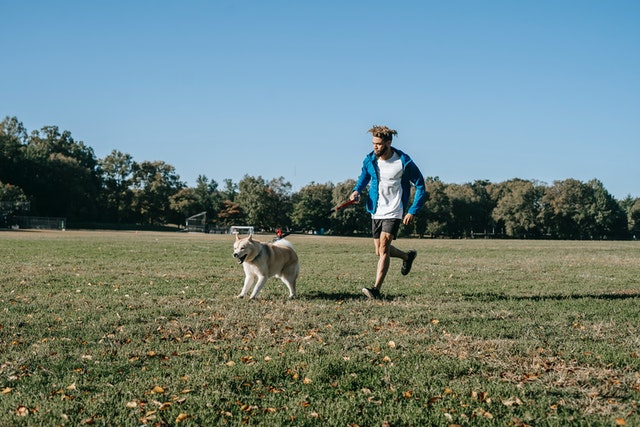Dog walking seems easy enough; all you have to do is get a leash around the dog’s neck, and you’re good to go. While this can seem like the right thing to do, there are several important elements to consider. Something as trivial as your dog leading the way during walks, for example, can result in serious behavioral issues down the road. If you get someone to walk your dog for you, you need to ensure that they understand such nuances and more.
When taking your furry friend for a walk, it’s important to follow proper dog walking tips to avoid potential issues. Maintaining a consistent routine while doing the wrong things can lead to all sorts of issues. Letting your dog interact with other dogs or animals while on a walk, for example, is one such bad habit. This may lead to aggression and violence. This, and many others, is something to avoid.

Keep the following things in mind when you or another person is walking your dog:
Planning Your Dog Walking Sessions
If you’ve been taking your dog for impromptu walks any time you feel like it, then you’ve been doing it wrong. Planning the duration and the number of times you’ll take your dog for a walk is important. It helps to set the tone for the kind of consistency and regularity that will help your pet to master desirable behaviors.
Reinforcement is a powerful way of learning. If, for example, your dog behaves well and responds appropriately to commands during a morning walk, professional dog walkers in Brooklyn advise that you can schedule another one in the evening as a reward. Doing this consistently for weeks will reinforce this behavior. This is because the dog will be incentivized due to the possibility of enjoying a nice walk after every instance of good behavior.
As a side note, consistency also includes the actual walking technique and distance you use. If, for example, you prefer your dog walking alongside you on your right side, endeavor to do this every time you take the dog for a walk. This will ensure that the dog knows its ?place,? so to speak.
Learning To Handle Distractions
Much like humans, dogs can get distracted. This is especially true if your dog tends to quickly notice potential prey and other distractions in its immediate environment. While on a walk, your dog may notice other animals or people appearing suddenly in its peripheral vision. Letting your dog react strongly to such things is a mistake. Endeavor to train your dog to ignore such distractions or, at least, to ?check-in? with you before going off to investigate such things.
This training starts with understanding their triggers, especially the things that can cause them to become very excited. Command training is helpful here. Start by keeping the dog in an area with blind spots on both sides, with only you as the focus of attention. This will help the dog focus better, reducing the likelihood of a strong response to other stimuli. A good example is having two cars parked side by side, leaving a reasonable gap between them. Stand with your dog in this gap while performing command training. This will ensure that you’re the dog’s sole focus during such training, hence better concentration.
If your dog is not yet properly trained, avoid walking them through crowded areas where there are endless sources of distractions.
Being Careful With Off-Leash Sessions
Letting your dog off the leash is great; they get to exercise as they roam freely while feeling in their element. However, if you’ve been doing it without a set of properly ingrained commands, then it’s very risky. Once your dog is off the leash, you cannot control things. A public place like a beach or park, for example, can present triggers that you may not be aware of. Your dog seeing a snake for the first time, for instance, may trigger a state of panic, causing them to become very unruly. If you don’t have a set of commands that can quickly make the dog come back to you, you may have to chase them around while they’re in that state of panic or excitement. It’s best to let your dog off the leash in an enclosed environment, like a fenced yard.
Ultimately, you want your walk sessions to be about exercise and fun for your dog. However, doing the wrong things can turn the fun into a nightmare if you don’t handle the above situations and factors right. Keep the walking sessions fun by being mindful of the above factors.
Hey welcome to my blog . I am a modern women who love to share any tips on lifestyle, health, travel. Hope you join me in this journey!

Speak Your Mind